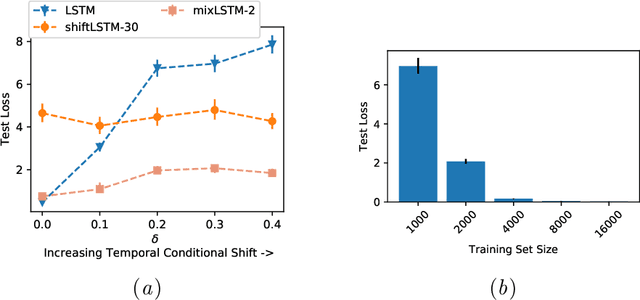Michael Sjoding
DEPICT: Diffusion-Enabled Permutation Importance for Image Classification Tasks
Jul 19, 2024



Abstract:We propose a permutation-based explanation method for image classifiers. Current image-model explanations like activation maps are limited to instance-based explanations in the pixel space, making it difficult to understand global model behavior. In contrast, permutation based explanations for tabular data classifiers measure feature importance by comparing model performance on data before and after permuting a feature. We propose an explanation method for image-based models that permutes interpretable concepts across dataset images. Given a dataset of images labeled with specific concepts like captions, we permute a concept across examples in the text space and then generate images via a text-conditioned diffusion model. Feature importance is then reflected by the change in model performance relative to unpermuted data. When applied to a set of concepts, the method generates a ranking of feature importance. We show this approach recovers underlying model feature importance on synthetic and real-world image classification tasks.
Relaxed Weight Sharing: Effectively Modeling Time-Varying Relationships in Clinical Time-Series
Jun 07, 2019



Abstract:Recurrent neural networks (RNNs) are commonly applied to clinical time-series data with the goal of learning patient risk stratification models. Their effectiveness is due, in part, to their use of parameter sharing over time (i.e., cells are repeated hence the name recurrent). We hypothesize, however, that this trait also contributes to the increased difficulty such models have with learning relationships that change over time. Conditional shift, i.e., changes in the relationship between the input X and the output y, arises if the risk factors for the event of interest change over the course of a patient admission. While in theory, RNNs and gated RNNs (e.g., LSTMs) in particular should be capable of learning time-varying relationships, when training data are limited, such models often fail to accurately capture these dynamics. We illustrate the advantages and disadvantages of complete weight sharing (RNNs) by comparing an LSTM with shared parameters to a sequential architecture with time-varying parameters on three clinically-relevant prediction tasks: acute respiratory failure (ARF), shock, and in-hospital mortality. In experiments using synthetic data, we demonstrate how weight sharing in LSTMs leads to worse performance in the presence of conditional shift. To improve upon the dichotomy between complete weight sharing vs. no weight sharing, we propose a novel RNN formulation based on a mixture model in which we relax weight sharing over time. The proposed method outperforms standard LSTMs and other state-of-the-art baselines across all tasks. In settings with limited data, relaxed weight sharing can lead to improved patient risk stratification performance.
 Add to Chrome
Add to Chrome Add to Firefox
Add to Firefox Add to Edge
Add to Edge